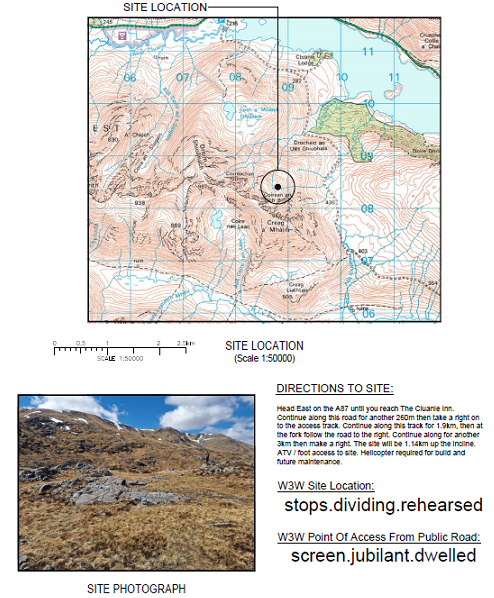
Planning applications are coming in thick and fast for 25 metre communications masts in remote hill country in Scotland as part of the UK Government’s Digital Connectivity Programme – the Shared Rural Network. Some appear to have almost no public benefit and are proposed for Scotland’s finest landscapes.
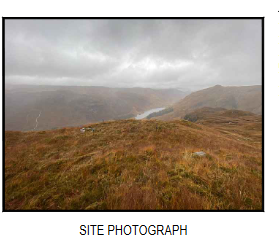
Anyone for near to the Falls of Glomach or how about Beinn Dronaig? [You can access the applications to Highland Council and comment by entering the reference number here].
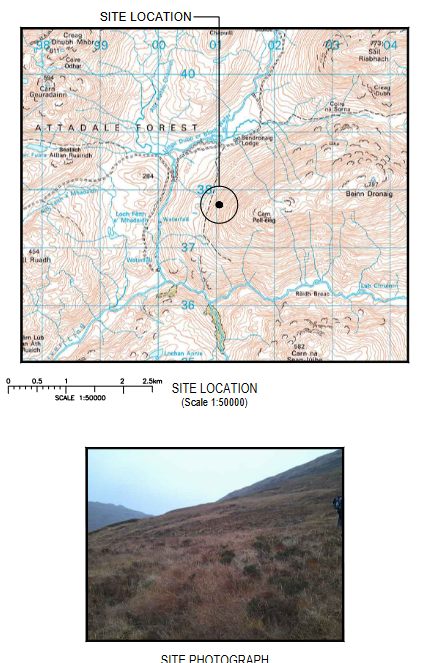
As well as objecting to individual applications, a coalition of voluntary organisations is campaigning for a pause in applications so that the bigger picture regarding need and landscape is considered at national level.
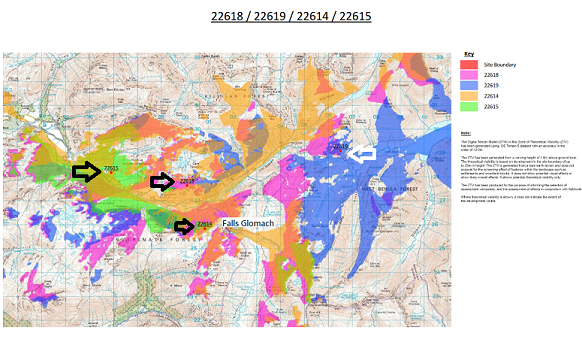
This coalition has issued a statement (see here) on the Shared Rural network, made five demands and is urging people to write to their MPs.
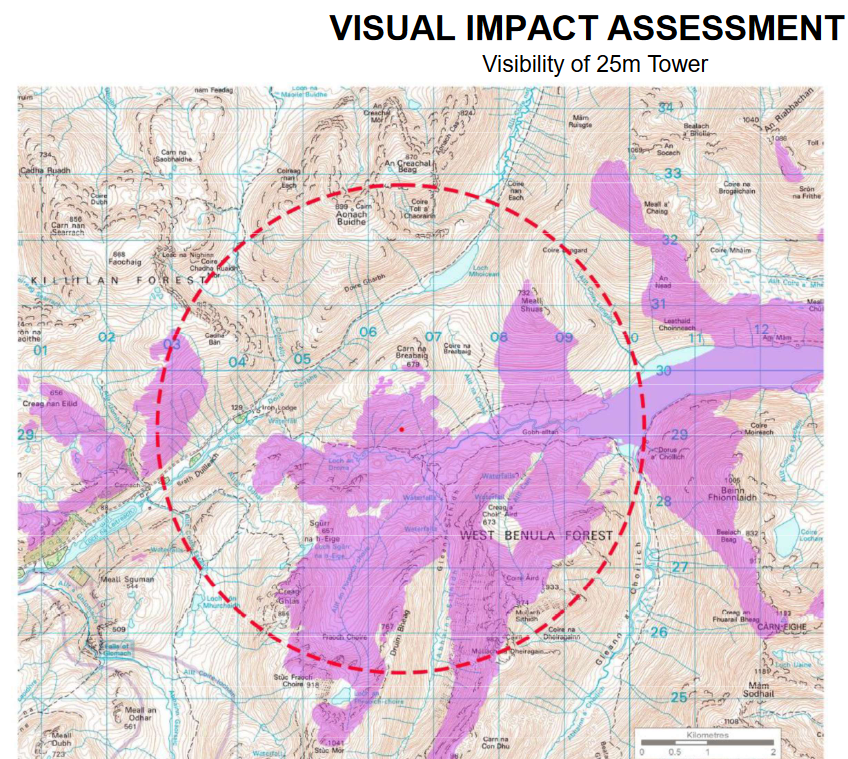
If you would like to write, please consider the following-
-
the scheme is UK wide so it is your MP and not your MSP- https://www.theyworkforyou.com/mps/
-
while the Shared Rural Network is to be supported, the exercise is turning out to be a top down one with little consideration as to whether specific masts are necessary or what their impacts are for some of Scotland’s finest landscapes.
-
Ask your MP to write to the Minister to a) consider the concerns being raised and b) also to take these up with OFCOM and suggest that a pause be implemented to address the concerns.
-
Ask your MP to let you know what the Minister says (important- this makes it more likely your MP will contact the Minister) and remember to give your address (they need to know you are a local constituent).

An important point to make in any communication is that these applications under SRN conflict with the Scottish Government National Planning Framework 4 [NPF4} (policy 4g) . It would appear to be a national issue. Whether there is any similar guidance in England, where there is less wild land, I know not.
I therfore think it’s a MSp issue as well, because of the conflict with NPF4. It needs a conversation between SG and whoever sponsors the SRN scheme.
While these comments are quite reasonable at the locations indicated, there are other places, such as Strathard, which have substantial populations but no mobile phone signals, even for emergencies. This can only be alleviated by masts on the hills. So the landscape impact needs to be balanced against a genuine need in some locations.
Nick: absolutely; but if the SRN money is spent in building masts in silly places where no-one lives, then people who live in not spots will miss out. This look like a cock-up, not a conspiracy.
I wrote to my MP about the Luibeg one (which is also in his constituency) and he suggested a meeting. Unfortunately, he was unwell but I had a useful meeting with two of his caseworkers instead. I agree that it’s important to keep pushing the points at MP level so that the need in the first place, in sensitive unpopulated areas, might be reconsidered. Whilst planning authorities like CNPA will have robust planning policies, it would be preferable to not need to submit such planning applications in the first place.
Isn’t this what STARLINK was for. Surely masts in remote areas are a dead end now.
Personally I’d rather not have a national infrastructure dependent on the whims of an American billionaire man-child.
Western nations have become reliant on the GPS network for most navigatonal choices. It has fewer satelites. (31 orbitting 12,000 km above earth) Russia has its own system (Glonass) as does China. (Beidou) Starlink is already in a whole new era. The constellation sponsored by over 60 countries, already has over 4500 satllites in lower orbit at 550 km, with present FAA authorisation for up to 12,000. ( the tecnology is infinite and can accommodate up to 30,000. Each of the initial starlink tech testing group were suitcase sized – latest generation Starlink satellites are approx 500 kg.
The EU Galileo network is another postioning system which has enhanced GPS accuracy.
Unfortunately the UK removed itself from participation in the Galileo project, remains wholly committed to its stratejic relationship with USA, and will no longer enjoy all the miriad benefits.
While the Rest of the world takes the logical route to save on ground engineering and make use microwave connections vertically to satellites, the UK with full Gov support in legislation wanders along the technology path of the 1990’s. Hardly a surprise this… BT still does. Our Land line network still had BT still relaying copper cable in the ground and re-erecting weak poles hereabouts till very recently.
Meanwhile global telecommunications have quietly switched to fibre and this past 4 years to Starlink satelites. ( It has proved possible this past summer to live stream film data from small yachts each day as they cross remote oceans. At some ‘early year’ cost…the future of global communications is here.
I’m told that the relevant minister isn’t Lorna Slater, but Joe FitzPatrick, who is Minister for Local Government Empowerment and Planning. Joe’s email is: ministerlgep@gov.scot.
Starlink, btw, is very expensive, and the receiver needs some 50 to 80 watts. It’s luggable, not portable.
Robert, this is correct, its a cross Scotland issue and not just for National Parks – though you would hope the Boards of both would be publicly calling on UK Ministers to respect National Parks and make alliance with the English National Parks on this (there is one UK wide org for all NPs ideally placed to do this)